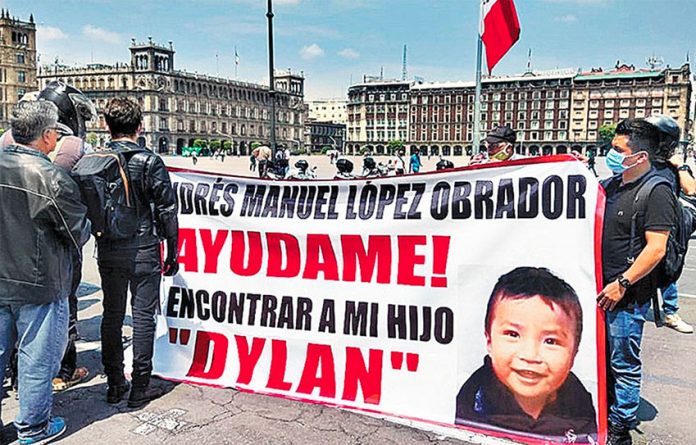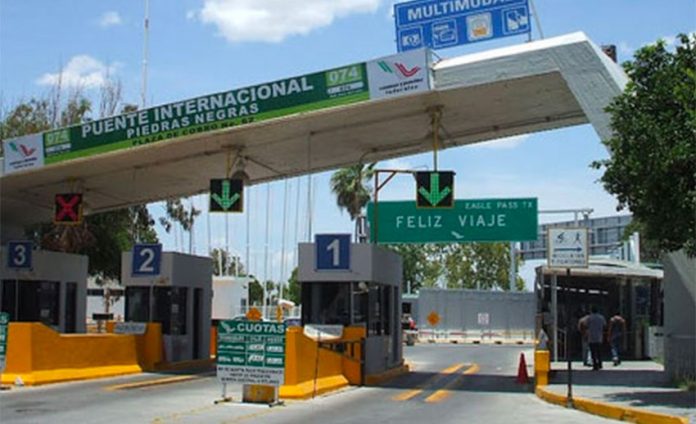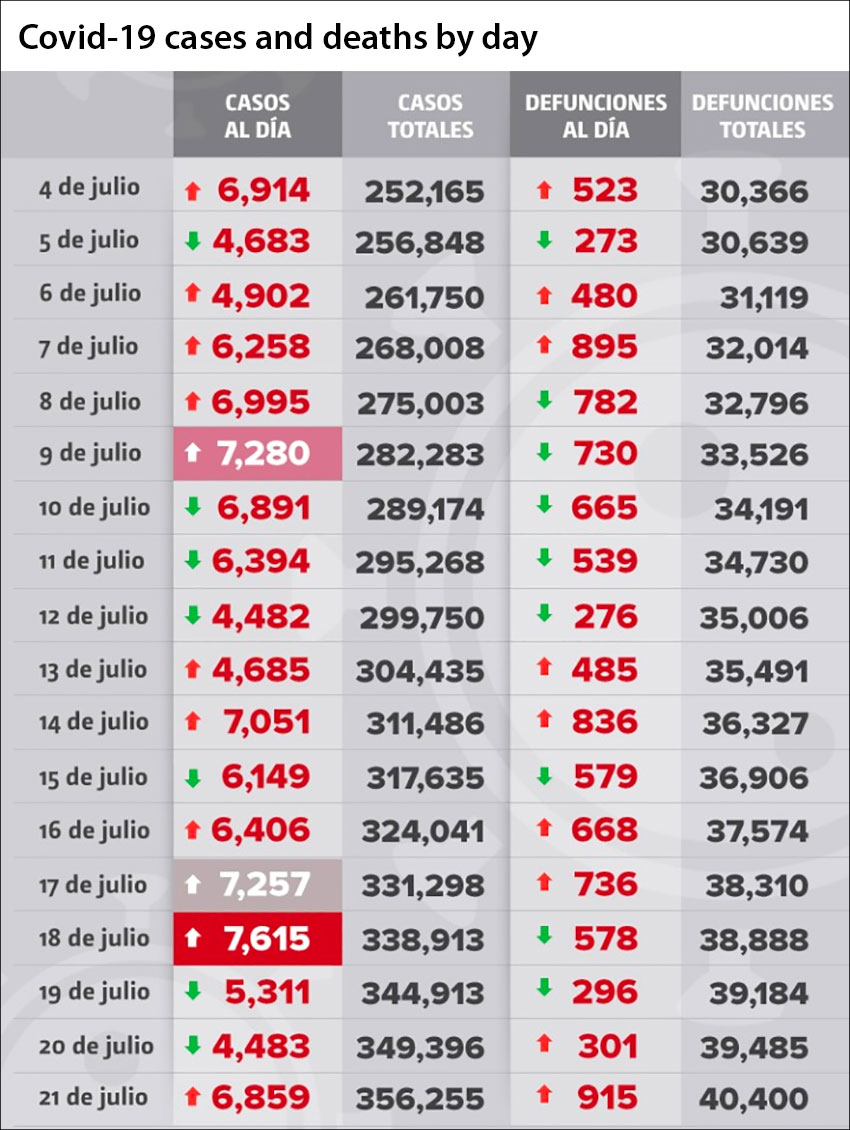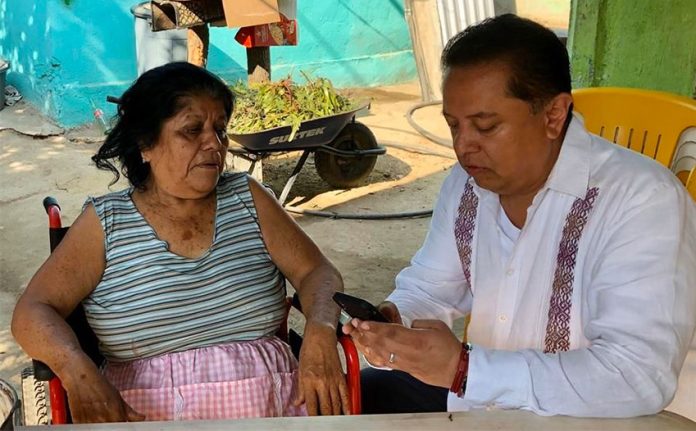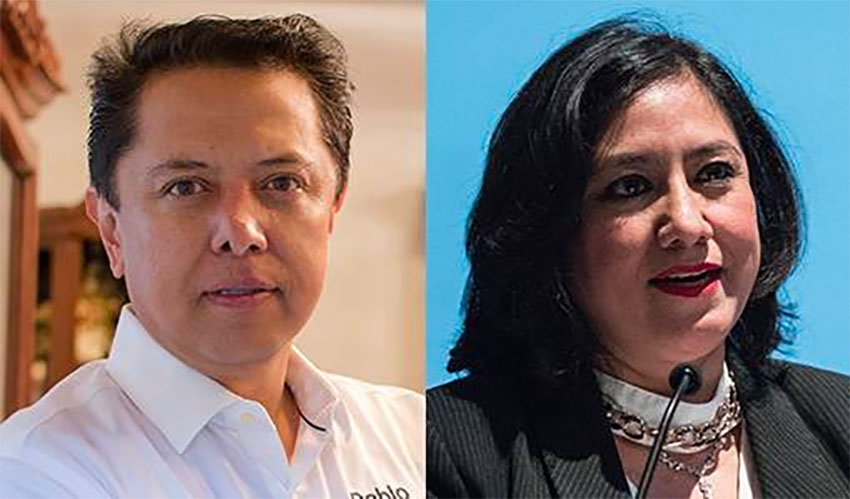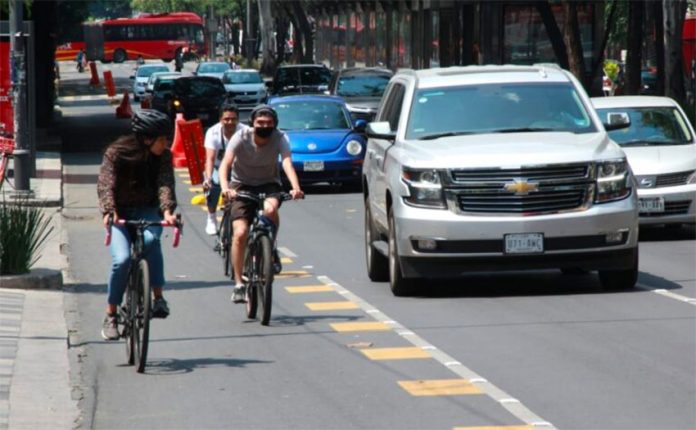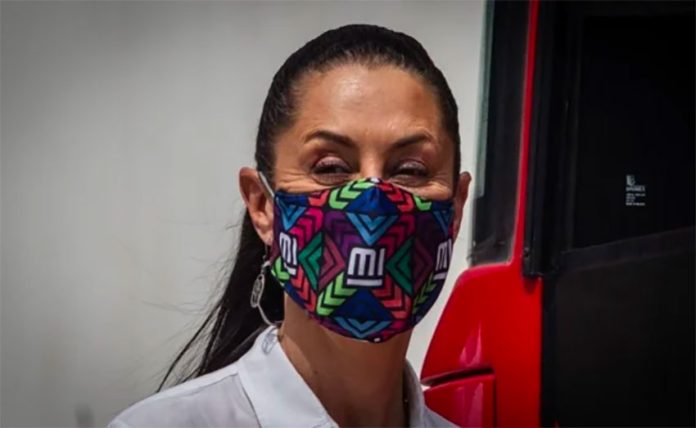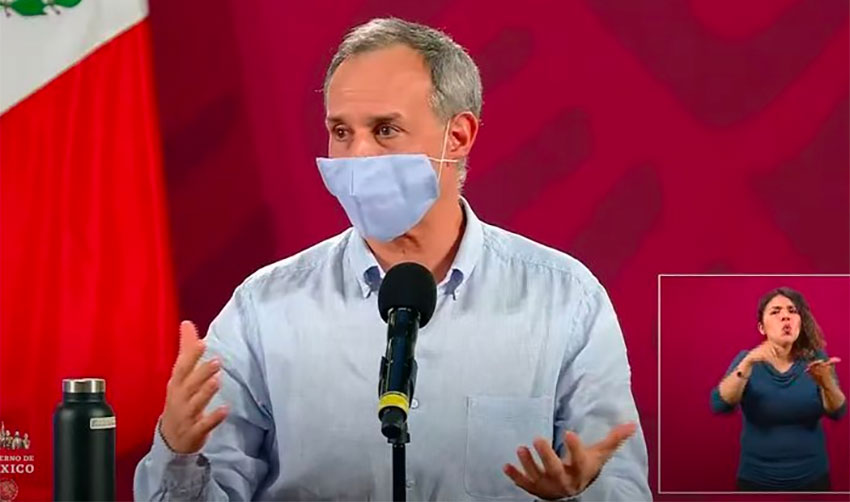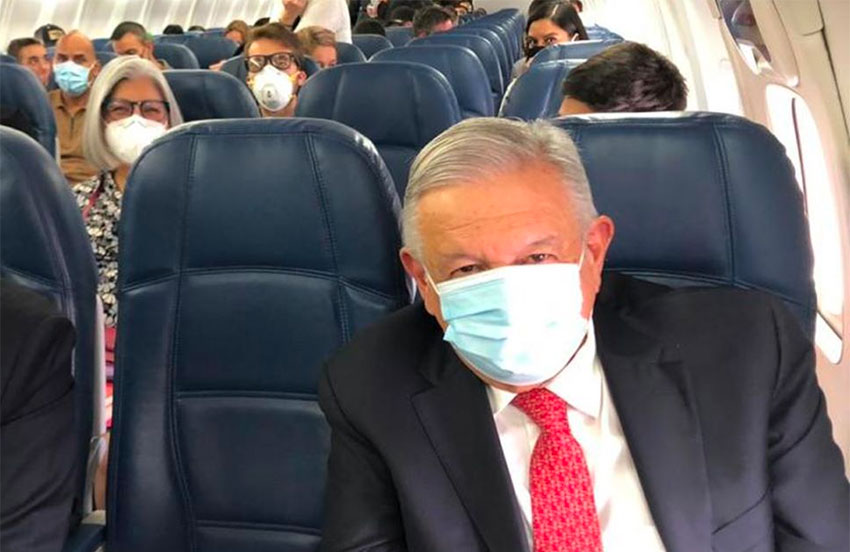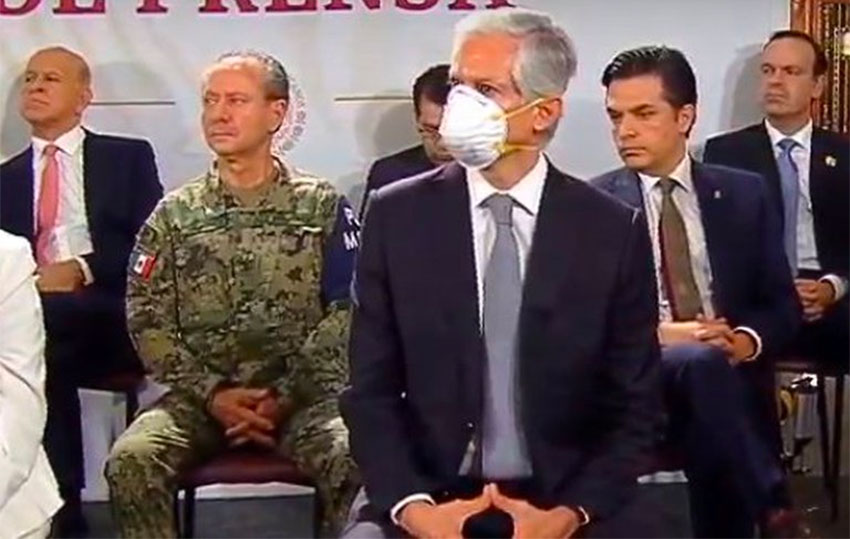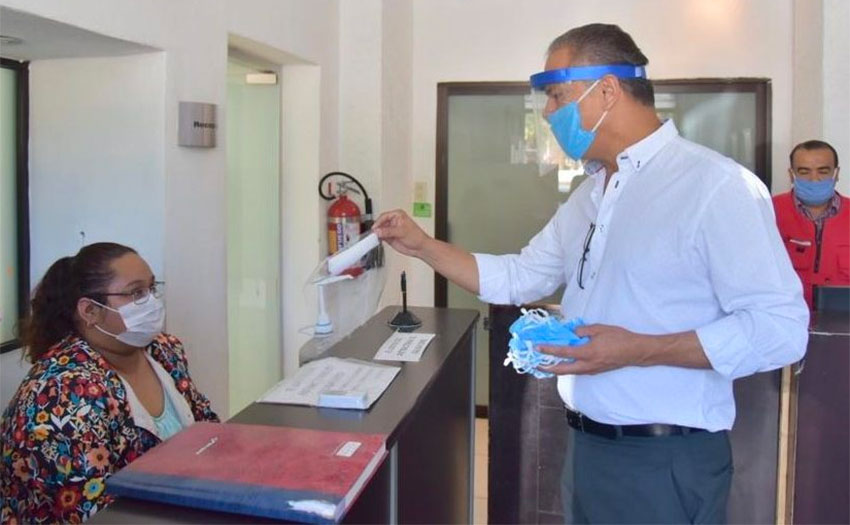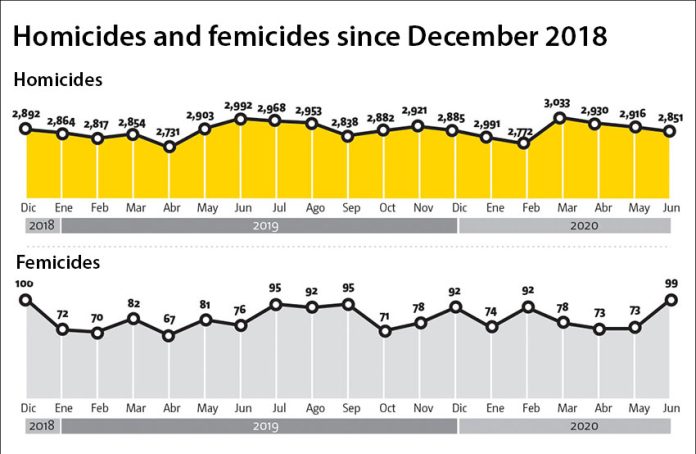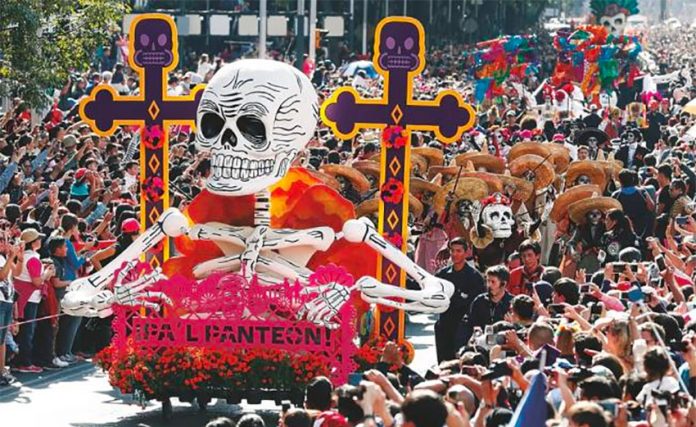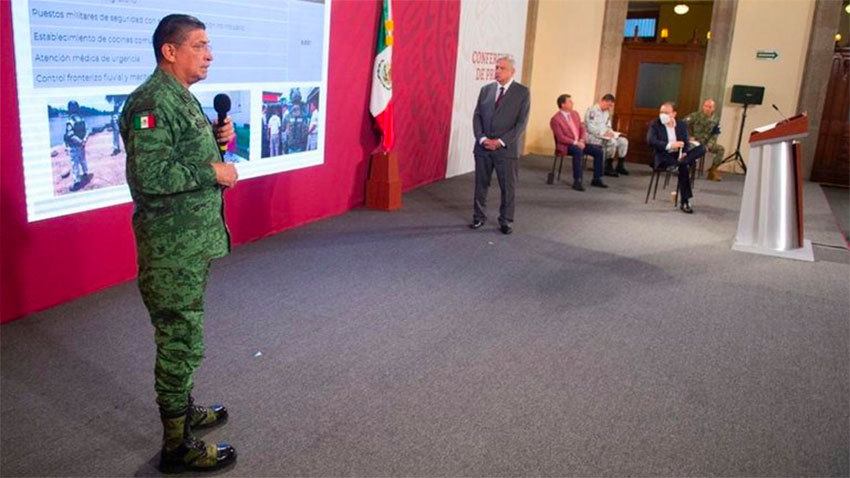Twenty-three children were rescued during a search for a missing 2-year-old in a raid on Monday at a house in San Cristóbal de las Casas, Chiapas. The missing child was not among them.
Most of the children ranged in age from 2 to 15, but three babies of 3 to 20 months of age were also found. The children, who were being held by three women, all showed signs of significant malnutrition, authorities said.
The focus of the raid, Dylan Esaú Gómez, was kidnapped from outside a San Cristóbal market by a teenager on June 30.
“None of the children rescued is my son,” his mother said, sobbing. “I haven’t heard anything about my son.”
Neighbors told the police they had not noticed any abnormal activity, and that it was common for large families to rent houses in the area.
Authorities said the children were being forced to sell candy and trinkets on the streets and had to meet a sales quota before returning home in order to receive food and a place to sleep, which appeared to be no more than sheets of cardboard and blankets on a cement floor.
The three women found at the scene were arrested and charged with human trafficking.
The children have been turned over to the DIF family services agency while authorities search for their relatives. The DIF posted photos showed them enjoying a boxed lunch after their rescue.
Meanwhile, Juanita Pérez, Esaú’s mother, continues to plead for help in the search for her missing toddler and has stationed herself in front of the National Palace in Mexico City, carrying a banner bearing an image of her son’s face and asking the president for help finding him.
“I have no news of my son, so I come here to ask for the support of Mr. Andrés Manuel López Obrador to help me in this search,” the mother said through tears.
“I want justice, I want to find my son and I want to find him well. The people who are doing this to me one day are going to pay for it. I want them to give me back my son, that’s what I want,” she said. “He is barely 2 years old.”
At least 12,755 children are missing in Mexico, according to the National Registry of Missing Persons (RNPDNO) published by the National Search Commission (CNB), and 1,416 of those are under the age of 4.
Seven children go missing in Mexico each day, abducted for illegal adoptions, forced labor or sexual exploitation, activists say.
“It is regrettable that in Mexico there is not, as in other countries, a police force that is committed to the thorough investigation of the allegations of theft of children,” said Guillermo Gutiérrez, president of the Stolen Children Foundation, earlier this month.
Source: Milenio (sp), Associated Press (en), Diario de Chiapas (sp), El Universal (sp), Sin Embargo (sp)
